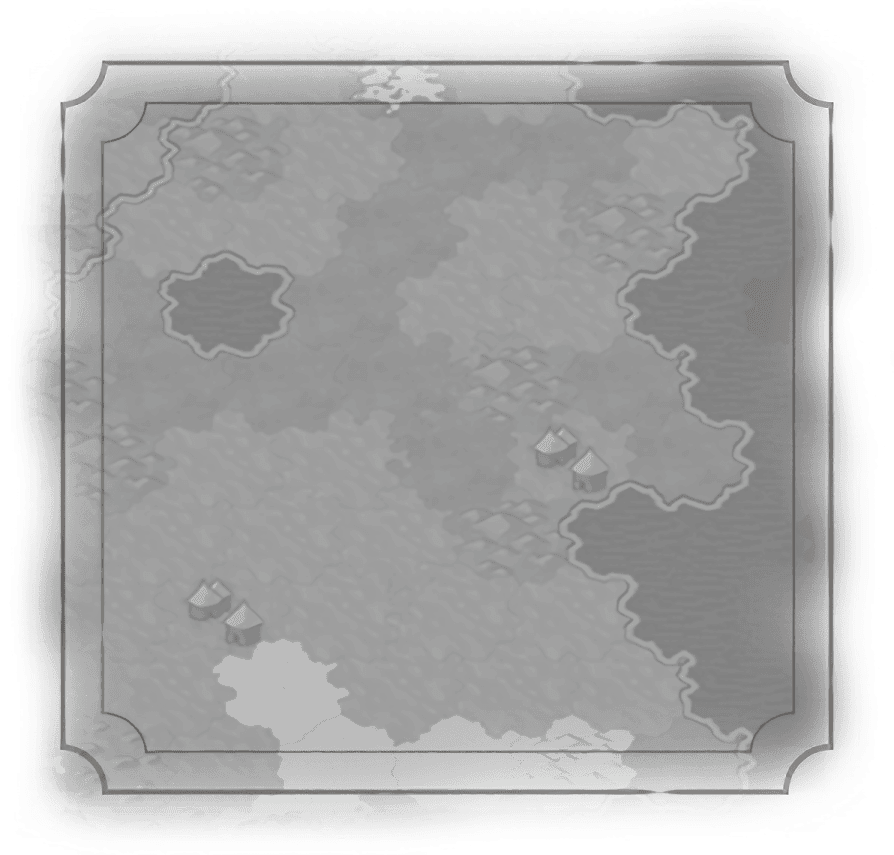Comandante General
Great Admiral
Great Artist
Great Engineer
Great General
Great Merchant
Great Musician
Antonin Dvorak
Antônio Carlos Gomes
Antonio Vivaldi
Clara Schumann
Dimitrie Cantemir
Franz Liszt
Frederic Chopin
Gauhar Jaan
Johann Sebastian Bach
Juventino Rosas
Lili'uokalani
Liu Tianhua
Ludwig van Beethoven
Mykola Leontovych
Peter Ilyich Tchaikovsky
Scott Joplin
Wolfgang Amadeus Mozart
Yatsuhashi Kengyo
Great Prophet
Great Scientist
Great Writer


Lili'uokalani
Historical Context
Born Lydia Lili’u Walania Wewehi Kamaka’eha in 1838 AD, when she came to the throne of Hawaii she took the royal name of Lili’uokalani (her married name was Lydia Dominis, even simpler to spell). She was the last monarch and only Queen Regent of the kingdom, resisting American annexation until arrested and forced to abdicate. Her “crown lands” were seized by the Americans, and her 1910 lawsuit for compensation was – not surprisingly, as it was heard in an American court – unsuccessful. Among all of this, she was also an accomplished musician and composer of native songs and chants.
Adopted in the 'hanai' tradition by Abner Paki, the princess was educated at a missionary Royal School, where she received English, some music and, of course, religious instruction. As a royal, Lili’u became a member of the court of Kamehameha IV, but in 1862 married John Owen Dominis. In January 1891, Kalakaua died and Lili’uokalani became the first woman to take the throne of Hawaii … and the last monarch of the island kingdom. In 1894, American agitators staged a rebellion, ousted the government, and proclaimed the Republic of Hawaii, requesting annexation by the United States. Imprisoned for a year, Lili’uokalani abdicated in return for pardon for her supporters. She was placed under house arrest.
It was while in prison, then under house arrest, that she turned to writing, both books and songs, celebrating her Hawaiian heritage. Perhaps as some cosmic consolation for losing her kingdom, her works became quite popular world-wide, notably the famed lament “Aloha ‘Oe,” which became closely identified with the islands. By the time of her death in 1917, she had set down over 165 musical compositions.
Adopted in the 'hanai' tradition by Abner Paki, the princess was educated at a missionary Royal School, where she received English, some music and, of course, religious instruction. As a royal, Lili’u became a member of the court of Kamehameha IV, but in 1862 married John Owen Dominis. In January 1891, Kalakaua died and Lili’uokalani became the first woman to take the throne of Hawaii … and the last monarch of the island kingdom. In 1894, American agitators staged a rebellion, ousted the government, and proclaimed the Republic of Hawaii, requesting annexation by the United States. Imprisoned for a year, Lili’uokalani abdicated in return for pardon for her supporters. She was placed under house arrest.
It was while in prison, then under house arrest, that she turned to writing, both books and songs, celebrating her Hawaiian heritage. Perhaps as some cosmic consolation for losing her kingdom, her works became quite popular world-wide, notably the famed lament “Aloha ‘Oe,” which became closely identified with the islands. By the time of her death in 1917, she had set down over 165 musical compositions.
Great Works
 Lili’uokalani’s Prayer
Lili’uokalani’s Prayer Sanoe
SanoeActivate at a district or wonder with an available Great Work slot.

Traits
Atomic Era
Great Musician

Historical Context
Born Lydia Lili’u Walania Wewehi Kamaka’eha in 1838 AD, when she came to the throne of Hawaii she took the royal name of Lili’uokalani (her married name was Lydia Dominis, even simpler to spell). She was the last monarch and only Queen Regent of the kingdom, resisting American annexation until arrested and forced to abdicate. Her “crown lands” were seized by the Americans, and her 1910 lawsuit for compensation was – not surprisingly, as it was heard in an American court – unsuccessful. Among all of this, she was also an accomplished musician and composer of native songs and chants.
Adopted in the 'hanai' tradition by Abner Paki, the princess was educated at a missionary Royal School, where she received English, some music and, of course, religious instruction. As a royal, Lili’u became a member of the court of Kamehameha IV, but in 1862 married John Owen Dominis. In January 1891, Kalakaua died and Lili’uokalani became the first woman to take the throne of Hawaii … and the last monarch of the island kingdom. In 1894, American agitators staged a rebellion, ousted the government, and proclaimed the Republic of Hawaii, requesting annexation by the United States. Imprisoned for a year, Lili’uokalani abdicated in return for pardon for her supporters. She was placed under house arrest.
It was while in prison, then under house arrest, that she turned to writing, both books and songs, celebrating her Hawaiian heritage. Perhaps as some cosmic consolation for losing her kingdom, her works became quite popular world-wide, notably the famed lament “Aloha ‘Oe,” which became closely identified with the islands. By the time of her death in 1917, she had set down over 165 musical compositions.
Adopted in the 'hanai' tradition by Abner Paki, the princess was educated at a missionary Royal School, where she received English, some music and, of course, religious instruction. As a royal, Lili’u became a member of the court of Kamehameha IV, but in 1862 married John Owen Dominis. In January 1891, Kalakaua died and Lili’uokalani became the first woman to take the throne of Hawaii … and the last monarch of the island kingdom. In 1894, American agitators staged a rebellion, ousted the government, and proclaimed the Republic of Hawaii, requesting annexation by the United States. Imprisoned for a year, Lili’uokalani abdicated in return for pardon for her supporters. She was placed under house arrest.
It was while in prison, then under house arrest, that she turned to writing, both books and songs, celebrating her Hawaiian heritage. Perhaps as some cosmic consolation for losing her kingdom, her works became quite popular world-wide, notably the famed lament “Aloha ‘Oe,” which became closely identified with the islands. By the time of her death in 1917, she had set down over 165 musical compositions.
Traits
Atomic Era
Great Musician
Great Works
 Lili’uokalani’s Prayer
Lili’uokalani’s Prayer Sanoe
SanoeActivate at a district or wonder with an available Great Work slot.



